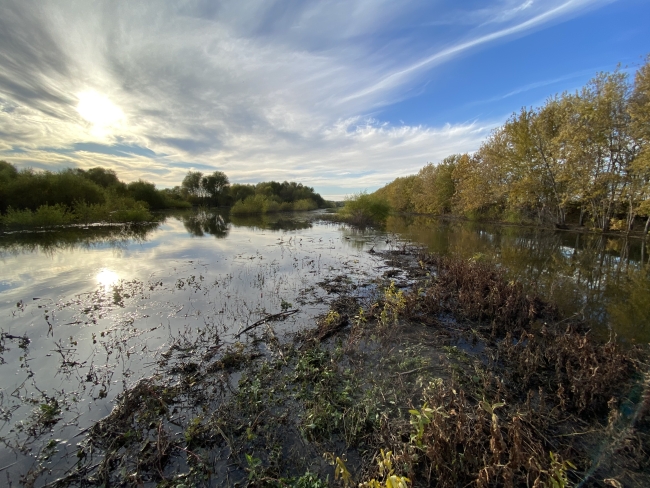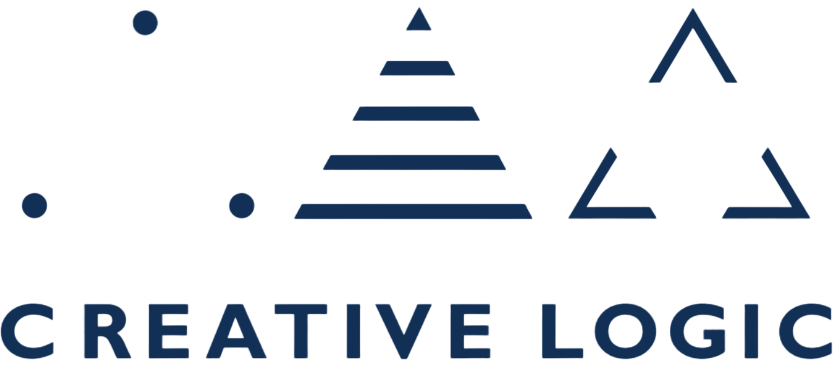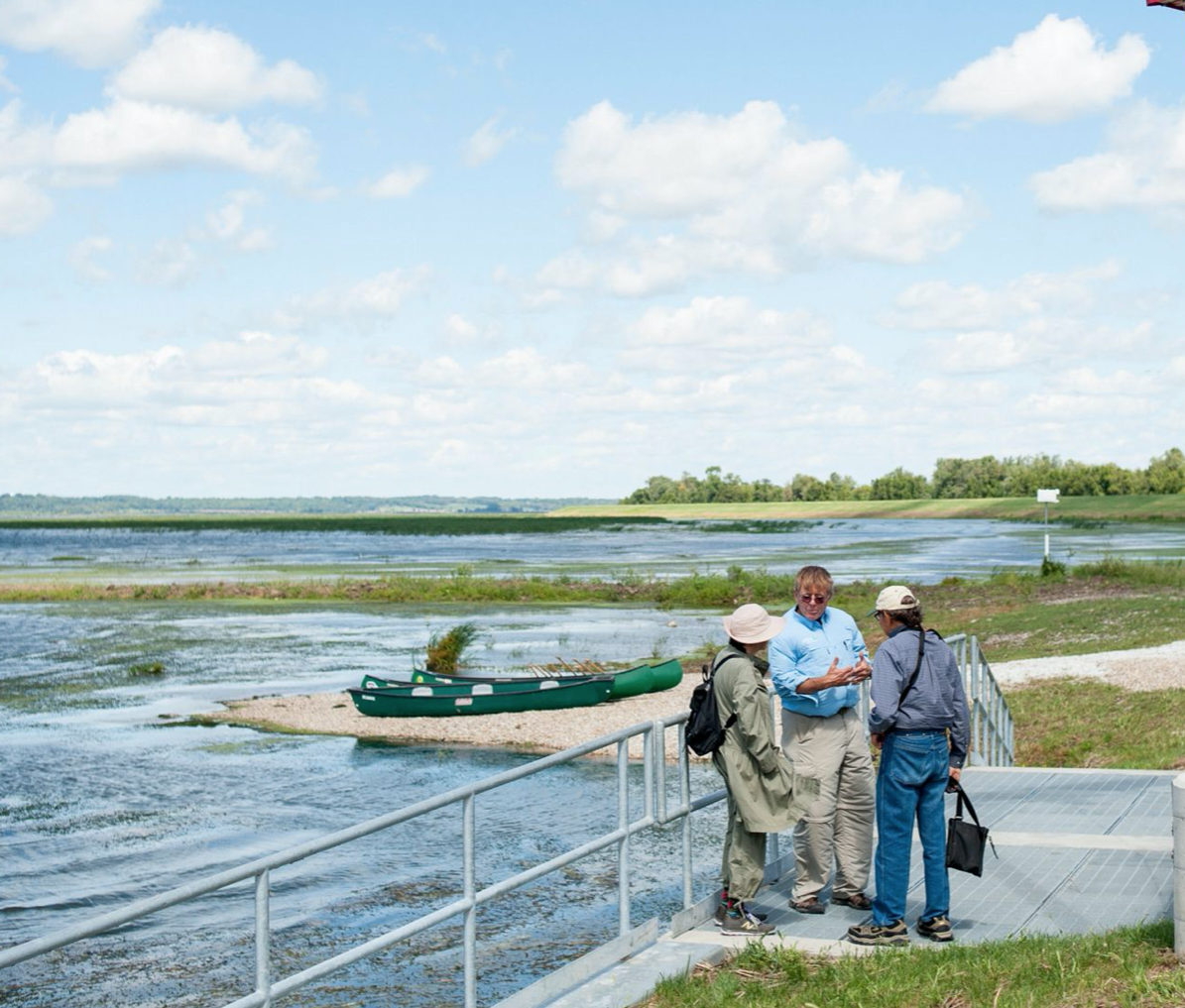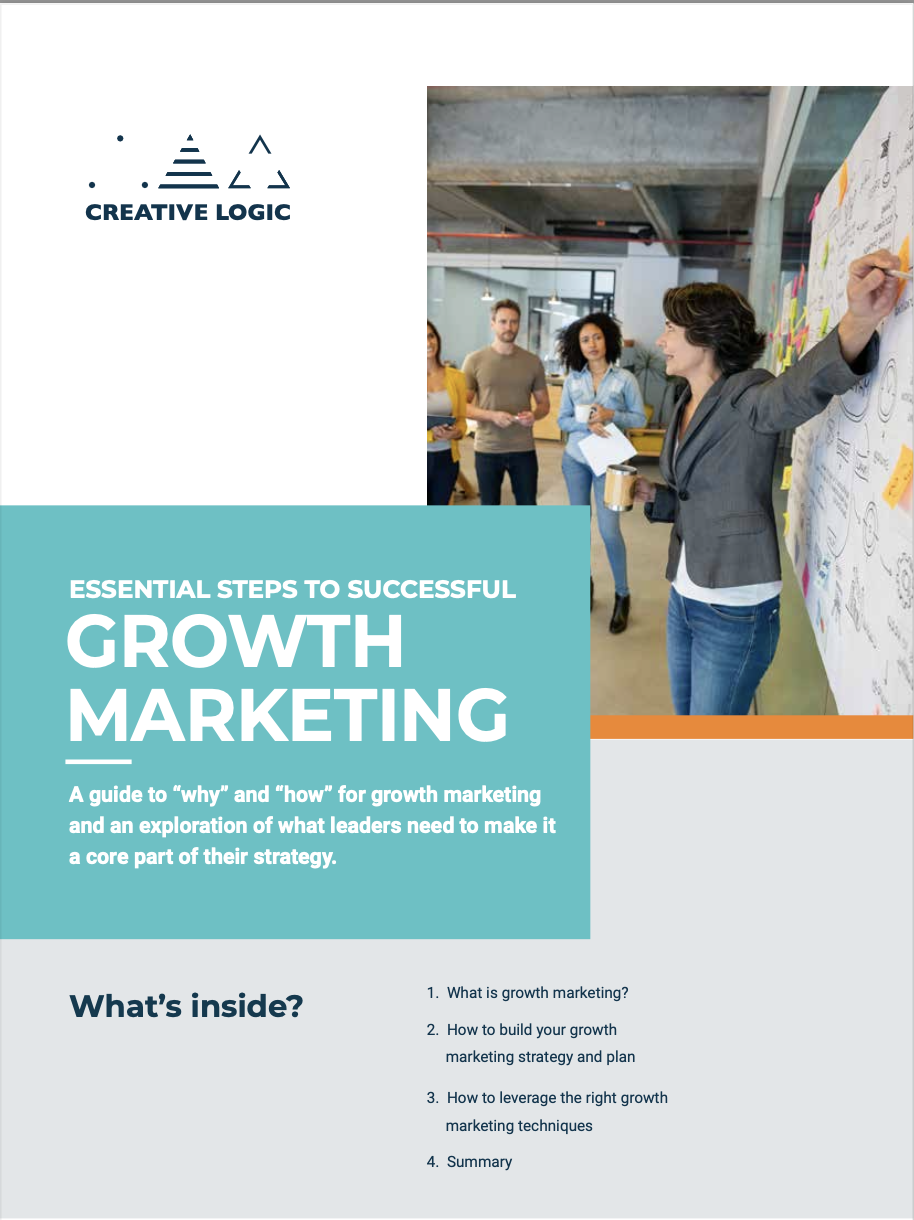Strategies:
The Nature Conservancy implemented several key strategies:
- Developing Public Relations:
- Media Outreach: Engaged media through press releases and interviews to highlight the 7,100-acre acquisition and 6,400-acre Wetlands Reserve Program enrollment.
- Community Engagement: Organized events to educate the public on the project’s impact.
- Identifying Potential Constituents:
- Data Analysis: Identified environmentally interested individuals through past donation patterns.
- Targeted Outreach: Personalized communications to engage these constituents.
- Consistent Messaging:
- Unified Message: Ensured consistent communication about the project’s significance.
- Multi-Channel Communication: Used social media, the website, newsletters, and brochures.
Results:
- Educated Audiences:
- Increased Awareness: Successfully informed a wide audience about the project.
- Informed Stakeholders: Key stakeholders were made aware, fostering support.
- Expanded Constituent Base:
- Increased Support: Attracted new supporters and motivated existing ones.
- Broader Engagement: Achieved widespread engagement through compelling messaging.
- Fundraising Success:
- Secured Funding: Raised significant funds for the Emiquon property.
- Long-Term Support: Established a foundation for sustained fundraising.
Conclusion:
The Nature Conservancy’s campaign effectively promoted awareness, expanded its base, and secured necessary funds through strategic PR, targeted outreach, and consistent messaging, ensuring the Emiquon Project’s success.









